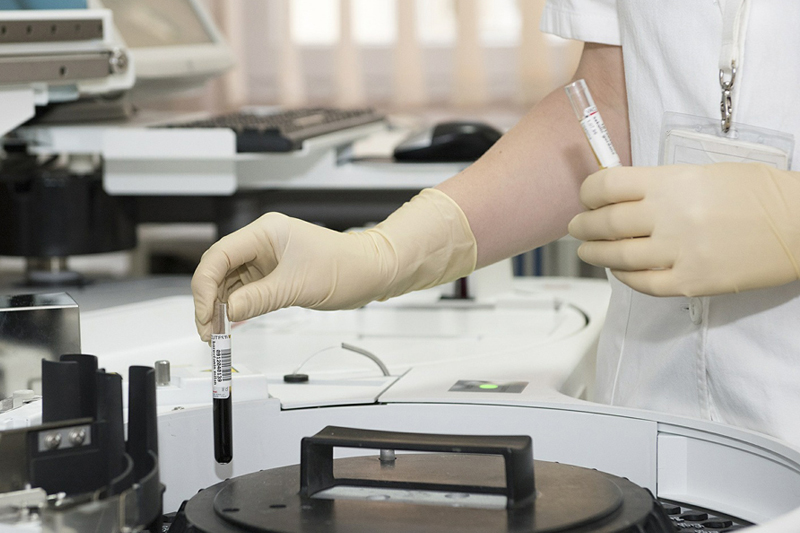All-Cause Mortality and Cardiovascular Outcomes With Prophylactic Steroid Therapy in Duchenne Muscular Dystrophy
Duchenne muscular dystrophy (DMD) patients suffer from cardiorespiratory complications in which progressive respiratory failure is the most common cause of mortality, and cardiomyopathy accounts for 20%-40% of all deaths. Inhibitors of the renin-angiotensin-aldosterone system (with or without beta blockers) are used clinically to delay progressive ventricular dysfunction.
There are no approved drugs for the treatment of DMD, but chronic steroid use (prednisone and deflazocort) has become widespread and is associated with prolongation of ambulation and improved vital force capacity.
A recent paper by Schram et al. examined patients with DMD treated with renin-angiotensin-aldosterone system antagonists with or without steroid therapy and found that steroid use was associated with a striking reduction in all-cause mortality, entirely due to fewer heart failure-related deaths. Additionally, they showed that steroid use was associated with an 86% lower rate of new-onset cardiomyopathy. An editorial comment by William Dec has also been published in the same journal.
All-Cause Mortality and Cardiovascular Outcomes With Prophylactic Steroid Therapy in Duchenne Muscular Dystrophy.
Gernot Schram, MD, PHD,* Anne Fournier, MD, Hugues Leduc, MSC, Nagib Dahdah, MD, Johanne Therien, RT, Michel Vanasse, MD, Paul Khairy, MD, PHD
Objectives: The aim of this study was to determine the impact of steroid therapy on cardiomyopathy and mortality in patients with Duchenne muscular dystrophy (DMD).
Results: Eighty-six patients, 9.1 3.5 years of age, were followed for 11.3 ± 4.1 years. Seven of 63 patients (11%) receiving steroid therapy died compared with 10 of 23 (43%) not receiving steroid therapy (p = 0.0010). Overall survival rates at 5, 10, and 15 years of follow-up were 100%, 98.0%, and 78.6%, respectively, for patients receiving steroid therapy versus 100%, 72.1%, and 27.9%, respectively, for patients not receiving steroid therapy (log-rank p = 0.0005). In multivariate propensity-adjusted analyses, steroid use was associated with a 76% lower mortality rate (hazard ratio: 0.24; 95% confidence interval: 0.07 to 0.91; p = 0.0351). The mortality reduction was driven by fewer heart failure–related deaths (0% vs. 22%, p = 0.0010). In multivariate analyses, steroids were associated with a 62% lower rate of new-onset cardiomyopathy (hazard ratio: 0.38; 95% confidence interval: 0.16 to 0.90; p = 0.0270). Annual rates of decline in left ventricular ejection fraction (-0.43% vs. -1.09%, p = 0.0101) and shortening fraction (-0.32% vs. -0.65%, p = 0.0025) were less steep in steroid treated patients. Consistently, the increase in left ventricular end-diastolic dimension was of lesser magnitude (+0.47 vs. +0.92 mm per year, p = 0.0105).
Conclusions: In patients with DMD, steroid therapy is associated with a substantial reduction in all-cause mortality and new onset and progressive cardiomyopathy.


